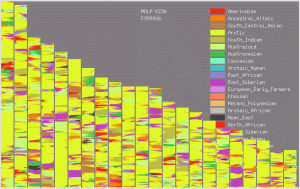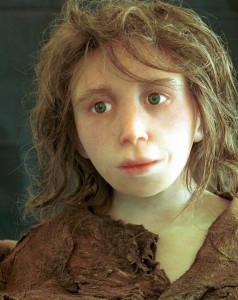There has been a great deal of conversation in the genetic genealogy community over the past couple of weeks about the use of “small” segments of matching DNA. Typically, the term “small” refers to segments of 5 cM and smaller, although some people include segments of 7 cM or even 10 cM and smaller in the definition.
The question, essentially, is whether small segments of DNA can be used as genealogical evidence, and if so, how they can be used.
While it may seem at first that all shared segments of DNA could constitute genealogical evidence, unfortunately some small segments are IBS, creating “false positive” matches for reasons other than recent ancestry. These segments sometimes match because of lack of phasing, phasing errors, or a variety of other reasons. One thing, however, is clear: there is no debate in the genetic genealogy community that many small segments are false positive matches. There IS debate, however, regarding the rate of false positive matches, and what that means for the use of small segments as genealogical evidence.

 In 1991, German tourists in the Alps discovered the mummified remains of a man who died approximately 5,000 years ago. Named
In 1991, German tourists in the Alps discovered the mummified remains of a man who died approximately 5,000 years ago. Named 
